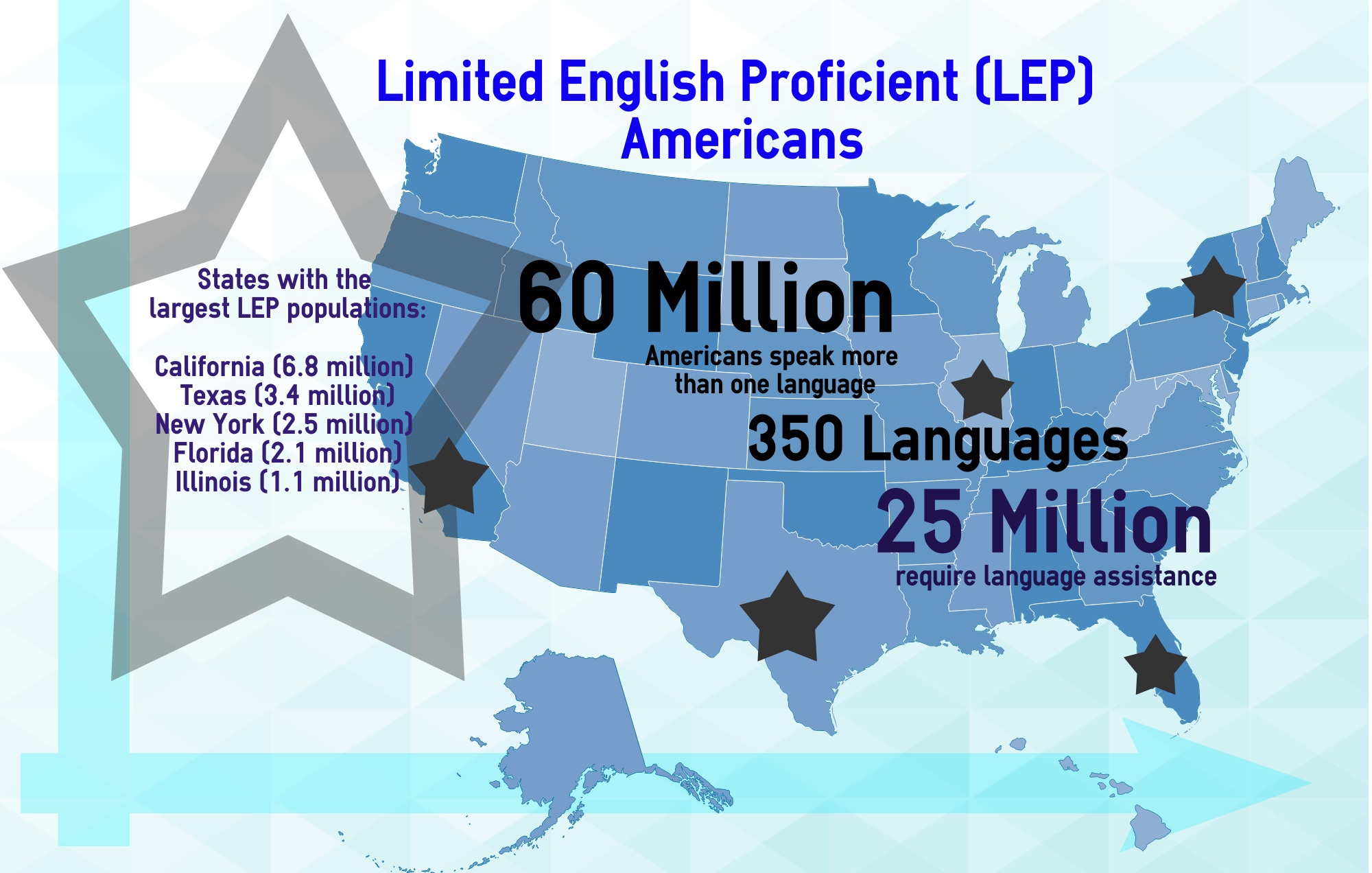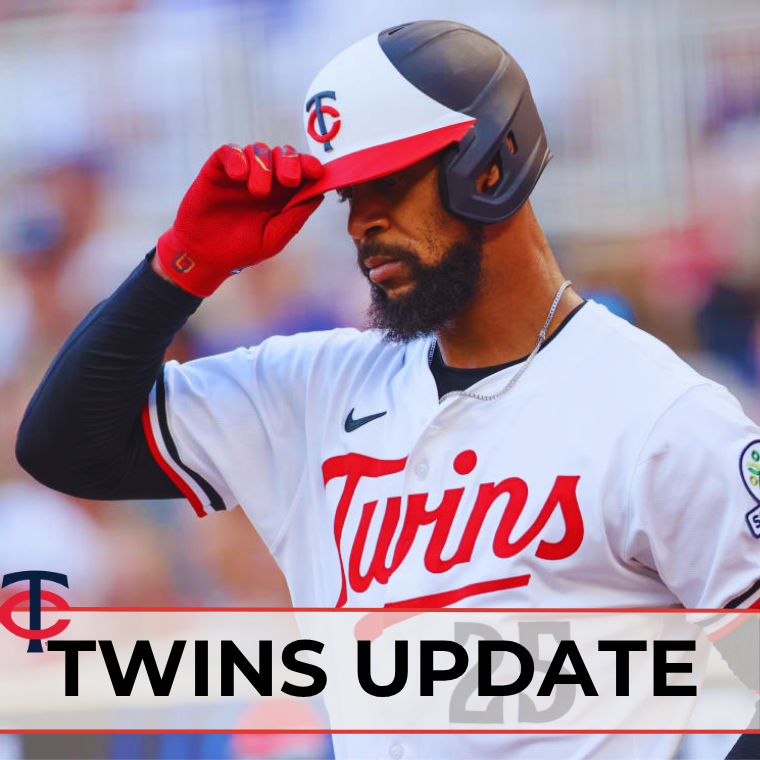Understanding LEP in Education: Supporting English Learners for Academic Success
Introduction: What Does LEP Mean in Education?
In the context of education, LEP stands for Limited English Proficiency . This term refers to students who do not speak English as their primary language and who have a limited ability to read, speak, write, or understand English. Addressing the needs of LEP students is a critical priority for schools across the United States, ensuring that every child has equitable access to academic opportunities and is able to participate fully in the classroom environment [1] .
Key Objectives of LEP Support in Schools
The main goals of providing support for LEP students include improving communication, facilitating academic achievement, boosting confidence, promoting social integration, and fostering cultural awareness within the school community. These objectives are achieved through the implementation of tailored plans and strategies that address each student’s unique proficiency level and learning needs [1] .
Defining LEP and Language Enhancement Plans (LEPs)
It is important to distinguish between LEP (Limited English Proficiency) as a descriptor for students and LEP as an acronym for Language Enhancement Plan . A Language Enhancement Plan is a strategic, living document that schools use to outline the specific supports, resources, and instructional modifications necessary for LEP students to succeed academically. These plans personalize support by considering proficiency levels, academic goals, and progress monitoring strategies [1] .
LEP Students and Legal Compliance
Federal and state laws require schools to provide appropriate language assistance to LEP students. The English Language Acquisition, Language Enhancement, and Academic Achievement Act (Title III of the Elementary and Secondary Education Act) mandates that schools implement programs designed to help LEP children attain English proficiency and meet the same academic standards as their peers [4] . Schools must also ensure that all teachers in LEP programs are fluent in both English and any other language used in instruction, and that they possess strong written and oral communication skills [4] .
Core Components of an Effective LEP Program
An effective LEP program, or Language Enhancement Plan, typically includes:
- Assessment of students’ English proficiency and academic needs
- Personalized instructional strategies tailored to each learner
- Integration of English Language Development (ELD) into daily instruction
- Regular progress monitoring and adjustment of supports
- Family and community engagement to support learning at home
For example, schools may use pull-out instruction, push-in support within general classrooms, or self-contained ESL classes to deliver targeted English language development [2] .
Implementation: Step-by-Step Guidance for Schools and Families
To successfully implement an LEP program, schools and families can follow these steps:
- Identification : Schools assess all incoming students to determine their level of English proficiency.
- Placement : Based on assessment results, students are placed in appropriate language support programs.
- Development of a Personalized Plan : Educators, in collaboration with families, create a Language Enhancement Plan that outlines specific goals, instructional methods, and resources.
- Delivery of Services : Qualified teachers provide daily English language instruction, integrated with academic content. Services may include pull-out, push-in, or self-contained classroom models.
- Progress Monitoring and Reporting : Schools regularly evaluate student progress toward English proficiency and academic achievement, making adjustments as necessary. Families are kept informed of their child’s progress and ways they can support learning at home.
- Accountability and Evaluation : States and districts are required to set measurable objectives and report outcomes. If programs do not meet objectives, modifications must be made, and parents notified [4] .
Families seeking support for LEP students should contact their local school’s English Learner (EL) or English as a Second Language (ESL) coordinator. If you are unsure who to contact, reach out to the school’s main office and request information on language assistance services for English learners. Each state’s department of education can also provide guidance on available programs and eligibility criteria.
Examples and Success Stories
Many schools have implemented successful LEP programs that help students thrive. For instance, High School of the Arts offers an English Language Enhancement Program (ELEP) for international students, combining literature-based curricula with skills in listening, speaking, reading, writing, grammar, and vocabulary. Intensive summer programs prepare students for academic success in American schools, and graduates have gone on to earn high school diplomas and pursue higher education [3] .
Another real-world approach involves providing ongoing professional development for teachers to better understand language acquisition and cultural diversity, ensuring that educators are equipped to deliver effective instruction for LEP students [5] .
Challenges and Solutions in Supporting LEP Students
Common challenges in implementing LEP programs include limited resources, varying levels of teacher training, and the need for culturally relevant curriculum materials. Solutions can involve:
- Securing grants or additional funding for LEP programs
- Investing in ongoing teacher professional development
- Engaging families through multilingual communication and community events
- Developing partnerships with local organizations for additional support
Schools may also need to adjust instructional models based on the number of LEP students and the diversity of their language backgrounds. For example, some schools use a push-in model where ESL teachers work with students in general classrooms, while others offer pull-out classes for more intensive language instruction [2] .
Alternative and Supplementary Approaches
While traditional LEP programs are essential, alternative approaches can also support English learners. These include bilingual education models, dual-language immersion programs, and after-school tutoring sessions. Families may find local community centers or nonprofit organizations offering supplemental English language classes and cultural integration activities.

Source: coastlinecare.vn
If your school or district does not offer a specific LEP program, you can:

Source: obamawhitehouse.archives.gov
- Request information from your state’s department of education about available language support services
- Seek out community-based English tutoring or mentoring programs
- Connect with advocacy groups specializing in educational access for English learners
When searching for resources, use terms such as “English Learner support,” “ESL programs,” or “Language Enhancement Plan” along with your state or district name to find accurate, up-to-date information.
Key Takeaways
LEP in education refers to both students with Limited English Proficiency and the strategic plans schools use to support them. Effective LEP programs are personalized, data-driven, and focused on both language development and academic achievement. Families and educators should work collaboratively, using available resources and community partnerships to ensure every student has the opportunity to succeed. For more information, contact your local school’s English Learner coordinator or your state’s department of education.
References
- [1] Language Network (2023). How Schools Can Implement Effective LEPs.
- [2] Pennsylvania Department of Education (2023). The LIEP.
- [3] High School of the Arts. English Language Enhancement Program.
- [4] Colorado Department of Education (2025). ELD Program Requirements.
- [5] Ohio Department of Education (2025). English Language Development Instruction.
MORE FROM searchhole.com













